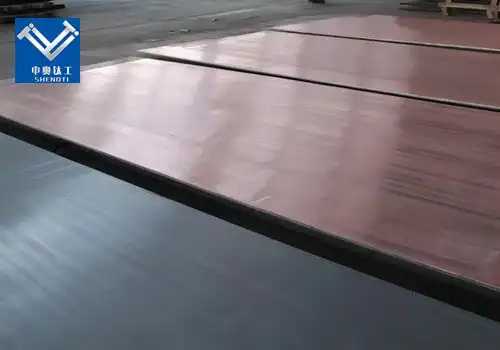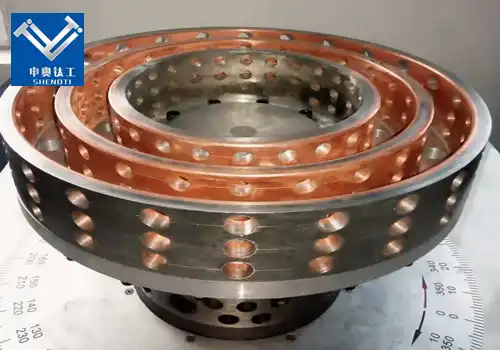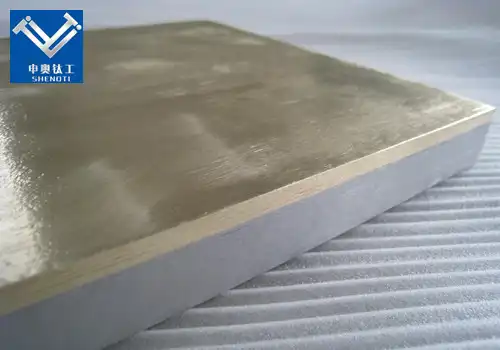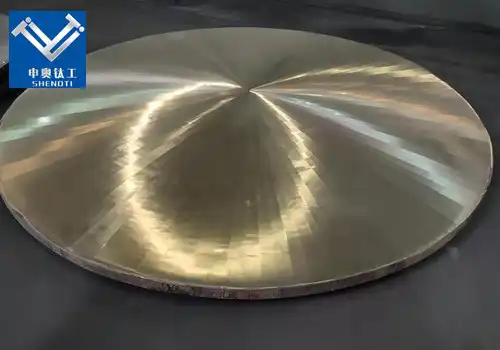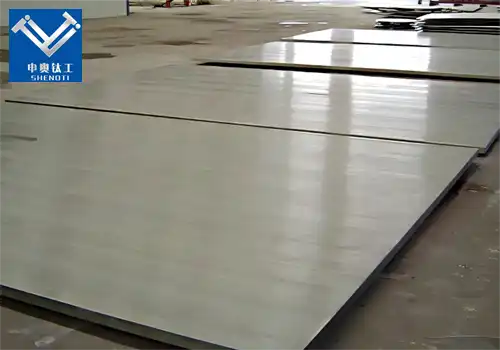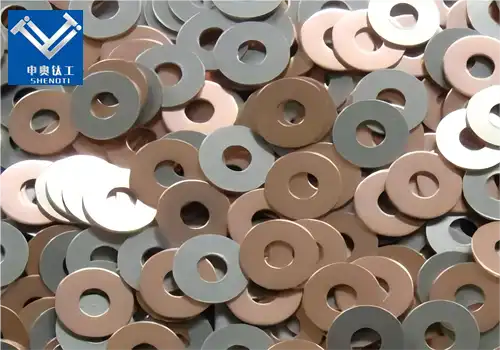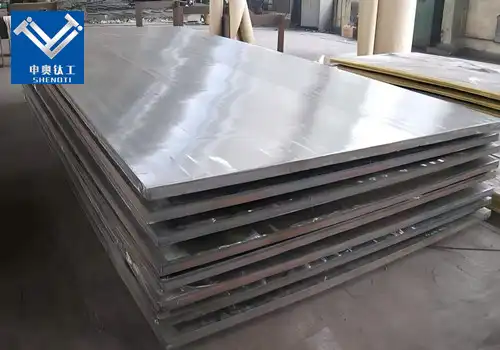
Explosion Welding Copper Aluminum Clad Plate for Electrical and Marine Applications: Bonding Technology, Uses, and Global Supplier Guide
2025-06-27 15:31:25
Copper Aluminum Transition Plate for EV Battery and ESS Modules: Uses, Specs, and Supplier Guide
Introduction
As electric vehicles (EVs) and energy storage systems (ESS) continue to expand globally, the need for efficient and reliable battery component materials is more critical than ever. The copper aluminum transition plate has emerged as a high-performance bimetallic solution for connecting copper and aluminum terminals in battery packs, solving common challenges in dissimilar metal bonding.
What is a Copper Aluminum Transition Plate?
A copper aluminum transition plate is a bimetallic connector that joins copper and aluminum layers into a single unit. It is typically produced via explosion welding or roll bonding, forming a metallurgical bond that maintains electrical conductivity while preventing galvanic corrosion. These plates are widely used in lithium battery modules, particularly for EVs, energy storage containers, and hybrid systems.
New energy battery copper aluminum transition plate Key Features
- Strong metallurgical bonding between Cu and Al
- Excellent electrical conductivity
- Corrosion resistance in harsh environments
- Thermal stability during charge/discharge cycles
- Customizable in size, shape, and copper-to-aluminum ratio
Why Use Copper Aluminum Transition Plates in Batteries?
1. Reduce Interface Resistance
Direct bonding between copper and aluminum often leads to high contact resistance and galvanic corrosion. Transition plates eliminate this issue by providing a stable and conductive interface.
2. Enable Reliable Dissimilar Metal Connections
Many battery modules use aluminum for lightweight housing and copper for high conductivity. Cu-Al plates enable the safe and efficient connection between the two.
3. Improve System Efficiency and Safety
By lowering electrical losses and preventing heat generation at the joints, these plates help improve battery efficiency and thermal management, which is crucial for EV safety.
Applications of Copper Aluminum Transition Plates
Electric Vehicles (EVs)
- Battery module terminals
- Pack-to-busbar connections
- Thermal-electric interface bonding
Energy Storage Systems (ESS)
- Grid-scale battery connectors
- Power management system joints
- Battery rack interconnections
Hybrid and Renewable Power Systems
- Solar battery integration
- Wind energy storage modules
- Rail and aviation battery systems
New energy battery copper aluminum transition plate Manufacturing Methods
Explosion Welding
A high-velocity explosive force bonds the copper and aluminum plates together, creating a strong and clean interface without melting either metal.
Roll Bonding
Hot or cold rolling under pressure fuses the copper and aluminum layers. It is suitable for thinner, more flexible transition plates.
New energy battery copper aluminum transition plate Technical Specifications
| Parameter | Specification |
|---|---|
| Copper Grade | T2 / TU2 (≥99.9%) |
| Aluminum Grade | 1060 / 3003 / 5052 |
| Bonding Method | Explosion welding / Roll bonding |
| Bonding Strength | ≥12 MPa |
| Typical Thickness | 1–6 mm total |
| Copper Layer | 0.5–2 mm |
| Aluminum Layer | 0.5–4 mm |
| Shape | Flat sheet, punched, CNC-profiled |
FAQs About Copper Aluminum Transition Plates
Q1: Can copper and aluminum be welded directly?
Direct welding is possible but unstable due to intermetallic compound formation. Transition plates ensure a safer and more reliable solution.
Q2: Are Cu-Al plates customizable?
Yes, they can be tailored in size, copper/aluminum ratio, shape, and surface treatment according to your battery pack design.
Q3: Are these plates compatible with laser or ultrasonic welding?
Yes, the outer layers can be laser, ultrasonic, or resistance welded depending on the terminal design.
Choosing the Right Supplier
- Ensure explosion or roll bonding experience
- Request bonding strength and conductivity test data
- Evaluate custom engineering capabilities
- Look for ISO/ROHS/REACH compliance
About Baoji ShenAo Metal Materials Co., Ltd.
With over 15 years of experience in bimetallic technology, Baoji ShenAo offers reliable copper aluminum transition plates for lithium battery and ESS applications. Our advanced bonding processes, strict quality control, and fast delivery make us a trusted partner for OEMs and battery integrators worldwide.
- Explosion welding + rolling composite technology
- Global supply to EV and energy sectors
- Support for customized drawings and specifications
- Fast response and engineering support
Contact Us
Looking for a high-quality copper aluminum transition plate supplier? Contact our team for samples, technical consultation, and pricing.
Email: zh@baojiti.com.cn
Website: shenaocladplate.com
Conclusion
The copper aluminum transition plate plays a vital role in next-generation battery systems. Whether for EVs, ESS, or renewable energy, it ensures reliable, safe, and efficient electrical connectivity between dissimilar materials. Choosing the right supplier and bonding process is key to optimal performance and longevity.
YOU MAY LIKE











